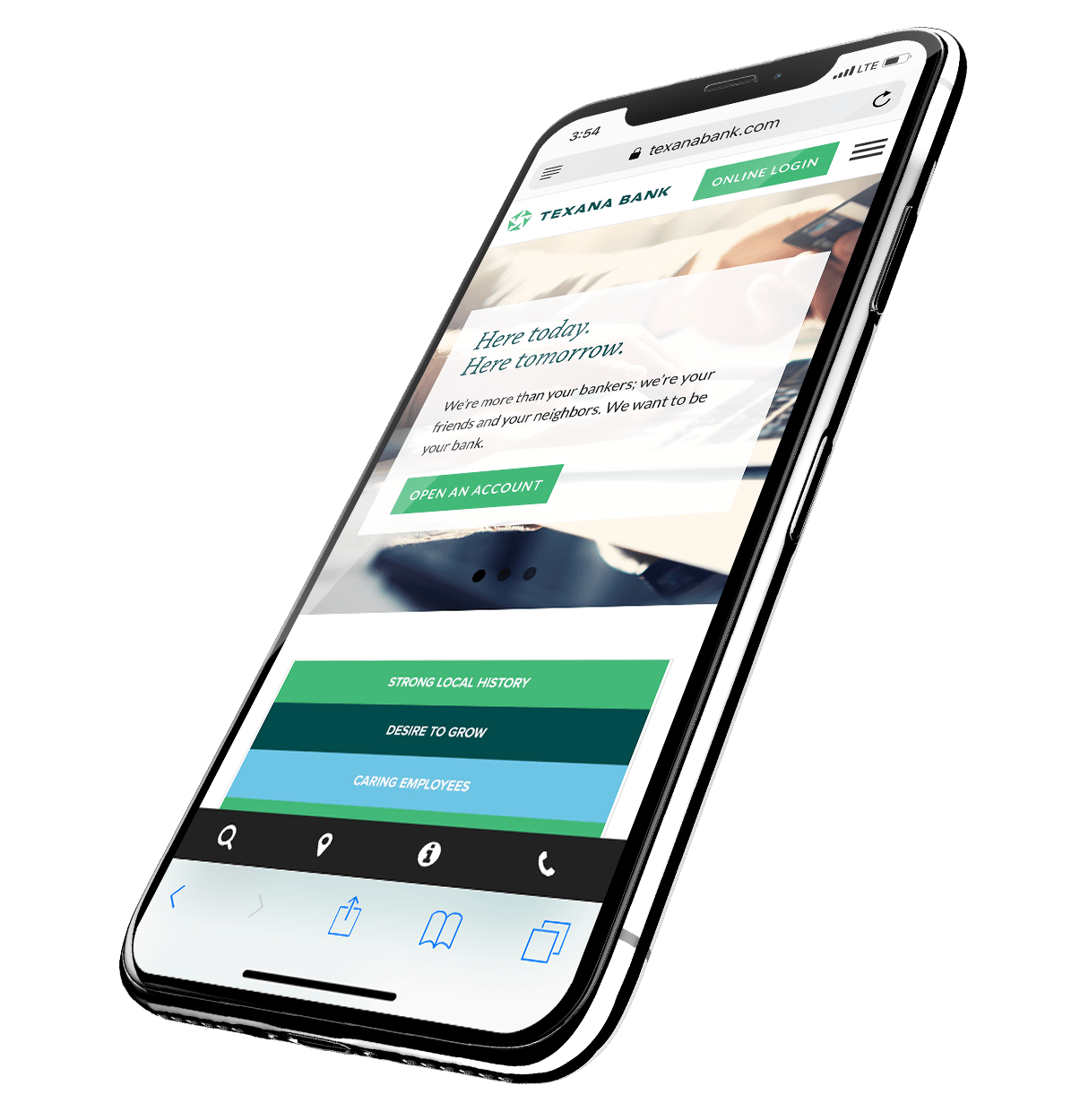Which bank do you work for?
First National.
Is that the blue First National on Main Street or the First National on 2nd Street?
Neither. I’m at First National and Trust across from the blue First National on Main Street.
Oh, the light green one.
Yes, that First National. But it’s not really light green. The sign is just old and faded.
If you work at a community bank, you may have had conversations similar to the one above. It’s an all too common and confusing dance to direct people to your bank branches with a name like First National. You are not alone. There are roughly 6,000 active banks in the U.S. today, and most still retain names from an era before deregulation, fast-paced M&A, and growing footprints.
A few nights ago, while I was spreadsheeting and daydreaming, I wondered what the most frequently used words in U.S. bank names are.
An hour later, I had my answer, thanks to a word-frequency spreadsheet that featured all 5,989 bank names separated into individual words. (It was just a standard Wednesday night for me.)
The results validated my hypothesis: Bank names need help.
Bank Names by the Numbers
A few facts to consider:
- Collectively, U.S. banks use a total of 18,551 core words (see definition in methodology) in their names.
- Once you remove cities and towns, bank names are actually limited to 900 core words. That’s about 0.5% of the 171,476 active words in the English language, so there are other options, to say the least (Oxford Dictionaries).
- Bank brand names have an average of 3.1 core words (e.g., First State Bank, First National Bank, First Bank of Omaha).
- Sixty-two percent of banks share a common word in their name.
- Nearly two out of three banks use one of these top five words in their name (excluding “bank”):

The following terms (excluding the word “bank”) round out the top 20. Words included this group appear in nearly half of U.S. bank names:

Types of Bank Names
Bank names tend to fall into five large categories (with a few outliers), and sometimes, these categories are combined, creating interesting portmanteaus:
- Location and Direction: Maybe you are a South State Bank going north or a Northwest Bank going south; your directional name can be incredibly limiting to growth. Because of this, many banks in hot M&A markets have converted to acronyms to save money and retain some brand equity along the way.
- The “First”: Banks were apparently the original conquistadors because no industry has more “firsts.” Nearly one in six banks has a “first” in its name, making Fifth Third look like a numerical branding whale in a sea of sameness.
- Bank and Save Here, Trust Us: The days of differentiating a bank by revealing its key services in the name are gone. No longer is a bank just a loan and savings or a savings and trust; each one is a full-service financial organization. Still, many banks retain these old, limiting monikers today.
- The Patriot and the People: In the early days, you could plant your “national” or “federal” flag in town and be proud of what it represented. Today, your brand might be lost online—and maybe even in your own footprint—in a sea of patriotic bank names (National, United, Citizens, Peoples, Union, Federal, American).
- The Symbol: A much smaller group nationally, these banks have names that stick out around town and online. Their symbols range from patriotic eagles to sturdy oak trees, which helps them cut through some of the noise.
Your bank doesn’t fit into one of these categories? Congratulations, you stand out from 99% of banks doing business today!
Does Your Bank Name Matter?
The question of what physical branding does for you is an open-ended one. Bank brands are not built overnight, and changing your name will not redefine who you are. Nor will it change why your customers like banking with your local organization—customers often come for the convenience and stay because of the people.
In an experience economy, customer loyalty is still affected by bad customer service. That service experience has just shifted from the branch to digital and other non-branch channels. So, if people only care about your logo on their phone and their ability to get someone on the phone if they encounter an issue, does your brand name even matter?
I’d argue that it matters now more than ever before. Here’s why:
Search
Most potential new customers search online first. If your bank isn’t easily discovered in a search, you lose prospects every day.
Google has improved its algorithms over the years, and now it now uses frequency of visits, social cues, and your location to help make local searches more relevant. What it can’t do, however, is present your company in a meaningful way when prospects are searching for “local banks.”
Initial decision-making in search is fast. A Federal First Bank and a First Federal Bank located in the same market are basically one and the same to an inquiring prospect.
Word of Mouth
Word of mouth, like many interactions, has shifted online as well. People forward emails, share social media status updates, and send review links to each other every day.
I have heard countless stories of banks whose customers send their friends and family to a different bank’s website—but one with a similar name—because customers move too fast to pay attention to subtle differences in a brand name.
Market Competition Changes
M&A in banking will continue for the foreseeable future. Some experts believe just one-sixth of today’s banks will be around in 15 years. Whether things are that drastic or not, mergers and acquisitions will continue to drive new competitors into previously foreign markets.
New market competition creates customer confusion and opportunity. No matter if you’re the entering bank or the established one, during the first 18 months of market arrival, your name matters.
How are you converting or retaining customers who are not sure which bank is which?
Analysis Methodology
A quick note on how I calculated this bank name information:
- My starting source was the usbanklocations.com banks by asset ranking webpage. It was last updated on September 30, 2016.
- I omitted all prepositions, conjunctions, and definite articles like “the” to focus on the core words in a bank name. I also deleted any odd symbols (e.g., the asterisk in E*TRADE) and any legal identifiers (e.g., FSB, NA, Inc., etc.) from the organization name.
- I split combined words to ensure they counted as individual parts of the name (e.g., MidSouth, BankFirst).
- Once all names were parsed and combined words were split, I dropped them into a single Excel column and used a macro to build a pivot table to determine the frequency of words.




